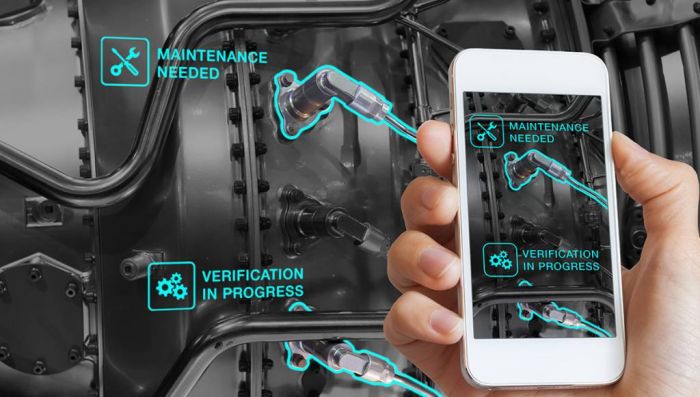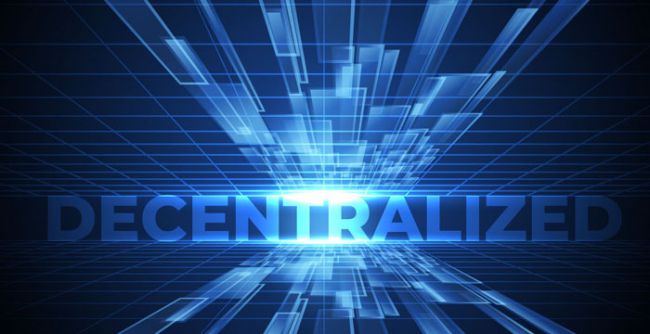When did you last check on your equipment before something went wrong? If you are like most business owners, you probably focus on maintenance when there’s a problem. But waiting until failure happens often costs far more than routine upkeep.
Maintenance is an investment, not an expense. Every dollar spent on preventive care can spare you big repair bills, lost productivity, and even safety risks. But that doesn’t mean you should make expenditures out of control there’s a trade-off between cost and reliability.
If you have ever asked yourself how much is too much or wonder how to maximize your maintenance budget, you are not alone. In this post, we’ll discuss some of the most effective equipment maintenance strategies to help you avoid unnecessary expenses, such as costs and help you keep your operations on track.
Why Equipment Maintenance Should Be a Priority
Your machinery is one of your organization’s most important assets. Regular maintenance doesn’t only prolong its life; it actually increases performance and safety too. What do neglected minor problems lead to if not solved immediately? Repairs can be quite expensive or a failure of the entire equipment.

A well-maintained machine works more efficiently, burns less fuel, incurs less wear and tear, and keeps operations on schedule. So, simply put, maintaining your facilities means fewer surprises and smoother operations.
The True Cost of Poor Maintenance
Maintenance can be easy enough to delay, particularly if the equipment appears to be working perfectly well. But ignoring routine inspections and minor repairs can result in:
- Unexpected Downtime – A glitch in the middle of a peak season can interrupt the working and cause money losses.
- Costly Repairs – Minor issues, when left unchecked, often turn into expensive repairs that could have been avoided.
- Shorter Equipment Life – Not providing equipment with maintenance will be worn out sooner than you would expect and need replacing much earlier.
- Safety Risks – Faulty equipment raises the risk of workplace accidents, endangering employees and leading to legal liabilities.
Maintenance is the key to avoiding all of the above and having reliable operation.
How to Balance Cost and Reliability in Maintenance
Maintaining equipment isn’t just about fixing problems it’s about managing costs while ensuring dependable performance. Here’s how you can find the right balance:
1. Follow a Preventive Maintenance Plan
Rather than having to wait for something to break, utilize a preventative maintenance schedule. Plan out preventive maintenance instead of waiting for something to break. That involves regular inspections, lubrication of moving parts, fluid level checks, replacing worn-out parts before failure, etc.
- Eliminate expensive repairs and unforeseen failures.
- Extends the lifespan of equipment
- Allows you to plan expenses rather than deal with emergencies
By catching problems early, you avoid the stress and high costs of unplanned failures. Regular maintenance pays off in the long run.
2. Use Quality Parts and Replacements
When it comes time to replace a worn-out component, choosing the cheapest option can seem like a good way to save money. In reality, though, inferior bits wear out more quickly, resulting in repeated breakdowns, unforeseen outages, and increased long-term expenses.
For instance, take hydraulic systems. One cylinder failing can halt your entire operation. This is precisely why you need to seek a dependable supplier of replacement hydraulic cylinders from a vendor who supplies high-quality, fit-for-purpose parts designed to fit your machinery. A quality replacement provides better function, fewer stoppages, and higher long-term reliability.
- Reduces downtime and repair frequency
- Improves efficiency and machinery performance
- Saves money by preventing premature failures
Investing in reliable parts keeps your equipment running efficiently without unnecessary expenses.
3. Train Your Operators and Technicians
Even the best equipment won’t last if it’s mishandled or poorly maintained. Well-trained operators and technicians play a key role in preventing damage and extending equipment lifespan.
Make sure your team understands:
- How to operate the equipment properly
- The warning signs of wear and tear
- Basic troubleshooting techniques
- When to report minor issues before they turn into major problems
When your staff is knowledgeable, they can spot problems early, reduce misuse, and ensure your equipment runs smoothly.
4. Monitor Equipment Performance with Technology
Technology has transformed maintenance, making predicting failures and optimizing performance easier. Many modern machines now have built-in monitoring systems that track performance, detect early signs of failure, and provide maintenance alerts.
Using sensors, telematics, or maintenance software, you can:
- Track equipment usage and performance trends
- Predict when parts will need servicing
- Automate maintenance scheduling to prevent lapses
A data-driven approach prevents unnecessary repairs while ensuring maintenance happens at the right time, saving you both time and money.
5. Know When to Repair vs. Replace
When to repair a machine and when to replace it can be one of the most difficult maintenance decisions. Keeping old or failing machinery often costs more in the long run than a new one. Here are some signs to take note of:
- Frequent Breakdowns – If you find yourself bending over backward to repair your machine, the expenses may not justify keeping it.
- High Repair Costs – When repair expenses approach 50% of the cost of a new machine, replacement might be a better option.
- Decreased Efficiency – Older equipment may consume more fuel, require more labor, or slow down productivity.
By tracking repair costs and evaluating efficiency, you can make informed decisions that help save money and improve overall operations.
Final Thoughts
Balancing cost and reliability in equipment maintenance requires a smart approach. Implementing a preventive maintenance schedule, choosing quality components, training your personnel, leveraging technology, and knowing how and when to replace equipment will save money while keeping things running smoothly. Dependable tools are essential to any business. You know what you need to do to reduce downtime and cost while also improving safety and efficiency, all when good strategic decisions are made in the maintenance aspect. In the end, the right balance will help your business stay competitive and profitable.
Post Comment
Be the first to post comment!
Related Articles




